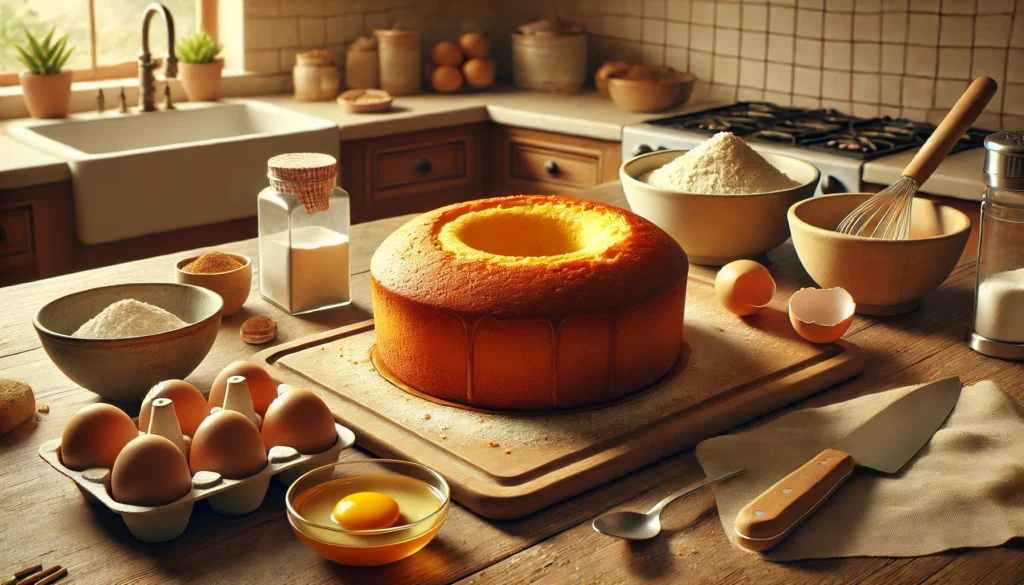You followed the recipe step-by-step, your cake looked great in the oven—and then it sank in the middle. It happens to even the most experienced bakers, but the good news is: you can fix it or at least avoid it next time.
In this article, we’ll explain why cakes sink, how to salvage a sunken cake, and the best preventive tips for perfect results every time.
Why Does a Cake Sink in the Middle?
Understanding the cause helps you prevent it. Here are the most common reasons:
- Underbaking – The center wasn’t cooked through before being removed from the oven.
- Too much leavening – Excess baking powder or soda can cause the cake to rise fast and collapse.
- Opening the oven door early – A sudden drop in temperature causes the cake to sink.
- Overmixed batter – Leads to excess air that collapses during baking.
- Incorrect oven temperature – Too hot or too cool can mess with structure.
- Too much liquid or sugar – Makes the batter too heavy to hold its rise.
Can You Fix a Sunken Cake?
Yes! It depends on the severity, but here are practical solutions:
1. Fill and Frost It Creatively
If the cake tastes fine but has a dip, level the top and use frosting, whipped cream, or fruit to even out the surface.
2. Make a Layer Cake
Slice the cake horizontally. Stack with fillings like jam, ganache, or buttercream to hide the dip and create structure.
3. Turn It Into a Trifle
Cut the cake into cubes and layer it in a glass with cream, custard, and fruit. Delicious and elegant!
4. Use It for Cake Pops
Crumble the cake and mix it with frosting. Roll into balls and dip in chocolate for cake pops.
How to Prevent a Cake from Sinking
1. Don’t Open the Oven Door Too Soon
Wait until at least three-quarters of the baking time has passed before checking.
2. Test for Doneness
Insert a toothpick or skewer into the center. It should come out clean or with just a few crumbs.
3. Measure Ingredients Accurately
Use proper measuring cups and spoons. Too much baking powder or sugar can ruin the structure.
4. Preheat Your Oven
Always bake in a fully preheated oven to ensure stable temperatures from the start.
5. Bake at the Right Temperature
Use an oven thermometer—home ovens can be off by 10–20 degrees.
6. Mix the Batter Just Until Combined
Don’t overmix once you add the flour. It activates gluten and can create dense, collapsed cakes.
Bonus Tips
- Room temperature ingredients blend better and help maintain structure.
- Use the middle oven rack for the most even heat distribution.
- For delicate cakes like sponges, invert the pan during cooling (only if the recipe calls for it).
A Quick Rescue Hack
If you notice the cake collapsing right after baking, immediately cover the dip with a sheet of foil and put it back in the oven for 5–10 minutes. Sometimes the residual heat can help it firm up slightly.
Summary: Don’t Let a Sunken Cake Sink Your Spirits
A sunken cake might feel like a baking failure, but it’s almost always salvageable. Whether you frost over it, flip it into a trifle, or turn it into something new—there’s always a way to make it work. And now that you know how to prevent it, your next cake is bound to rise to the occasion.






